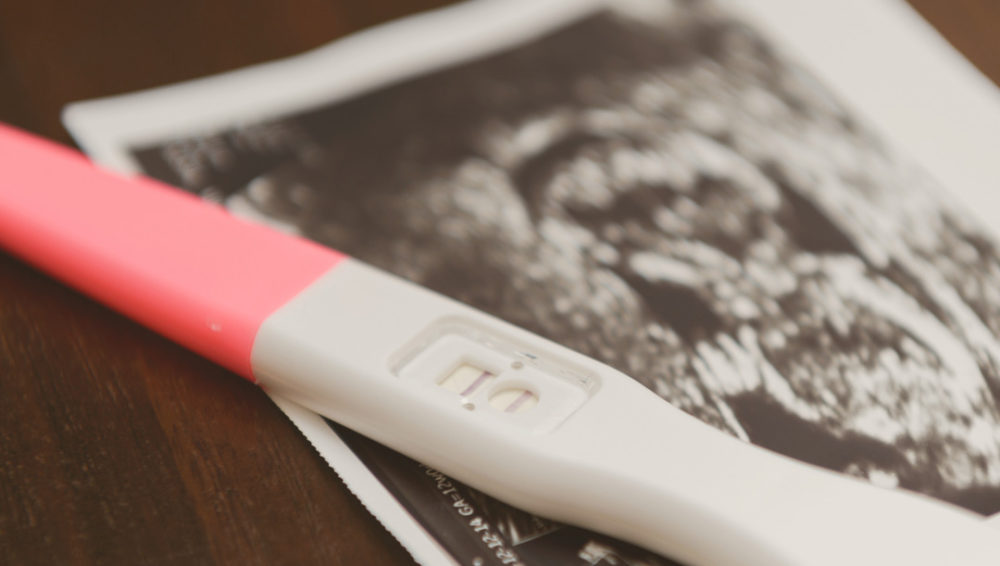Journey to motherhood: the mysteries of ovulation and fertility
Some women get pregnant easily, while others may take longer or need help from professionals. Here are helpful tips to increase your chances of getting pregnant.

Some women get pregnant easily, while others may take longer or need help from professionals. Here are helpful tips to increase your chances of getting pregnant.
In addition to taking good care of your body, knowing your menstrual cycle can increase your chances of conceiving.
The menstrual cycle
Your monthly cycle starts counting from the first day of your menstrual period until the first day of your next period. On average, a woman’s cycle lasts between 28-32 days, but some women may have shorter or longer cycles.
The ovulation
Sometime after your period, you will ovulate. Ovulation is the process in which the ovary releases a mature egg. If the egg is not fertilized, it leaves the body in the form of a menstrual period. By tracking your menstrual cycle on a calendar, you can better predict when you might be ovulating. Knowing the ovulation period lets you know when your body will be most fertile. Having sex three days before and on the day of ovulation can improve the odds of conceiving.
The fertility window
Sperms can stay in your body for up to 3 days, but the egg lives for only 12-24 hours after being released. So for you to get pregnant, a sperm must fertilize with the egg within this time frame. So if you have sex in the days before ovulation, the sperm will have time to travel up the fallopian tubes and “wait” for the egg to be released.
How do you know if you’re ovulating
The ovulation period varies from cycle to cycle. Most women ovulate anywhere between Day 11 – Day 21 of their menstrual cycle. Besides using fertility charting tools, here are some other methods you can use to help identify your peak fertile days in each month:
- Home ovulation-prediction kits: These kits test your urine for the surge in hormones before ovulation.
- Basal body temperature method: Your resting body temperature drops a little bit on the day you ovulate. Then, it rises the next day and stays elevated until you get your period. If you are pregnant, the basal temperature stays elevated. You’re most fertile during these 2 to 3 days of a slight rise in body temperature. To find out about your fertility window, check your temperature before getting out of bed every day and chart the results on a graph. Over time, you’ll see a pattern.
- Tracking cervical mucus: As you get closer to ovulation, your vaginal discharge becomes wetter, more slippery, and stretchier. It is often compared to egg whites. And the day your vaginal discharge resembles “egg white” the most is the day you are most likely ovulating.
Aside from getting the timing right, there are a few more things you can do:
- Strive for healthy body weight: Having too much body fat produces excess estrogen, interfering with ovulation. But women who are too thin may not have regular menstrual cycles or may even stop ovulating.
- Don’t stress: Try not to get stressed out about work or starting a family because stress can interfere with ovulation.
When to talk to a doctor
If you’ve been trying for a baby for a long time, your option is to seek help from a fertility specialist. Then, depending on the source of the problem, the specialist can suggest different methods to help you conceive.
Verified:
Dr. Piyawut Kreetapirom, MD. license no. 41578 (1 April 2023)



